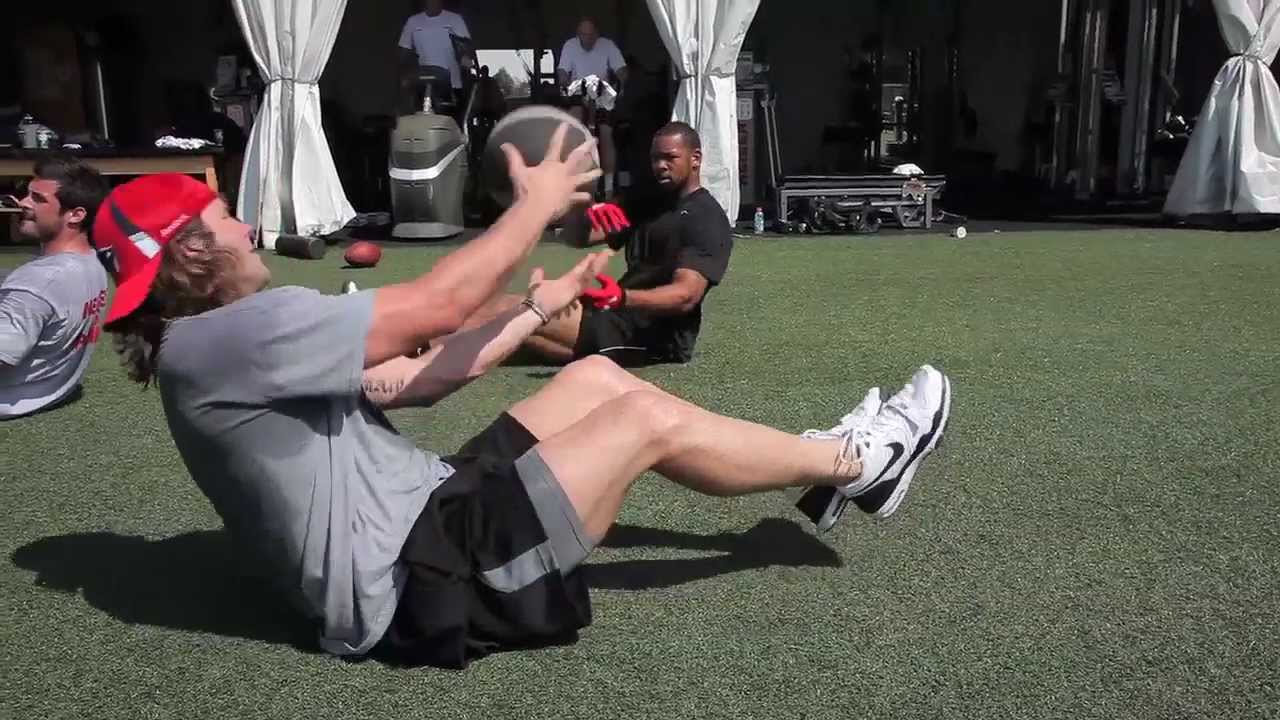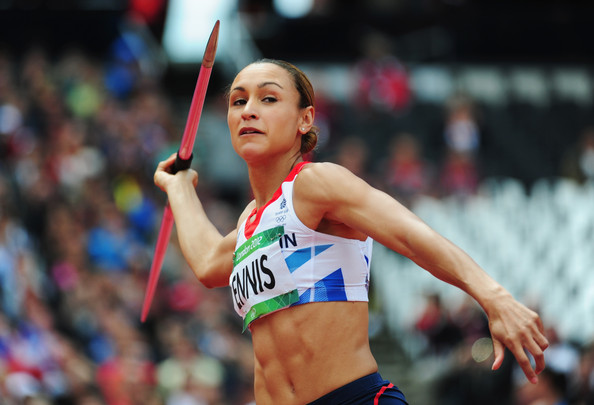The Serape Effect – A Key Contributor to Rotational Power
The "Serape Effect" is a key concept for the the overhead throwing and striking athlete to understand in terms of power development, increasing swing speeds, throwing velocities, and core programming. Recognize one goal of the golfers, pitcher, tennis player, and all rotational athletes is to generate maximum speed to into ball, racket, or bat. A key component of this process is within the functioning of the core musculature. The serape is a Mexican garment piece which crosses in an X-pattern on...






















